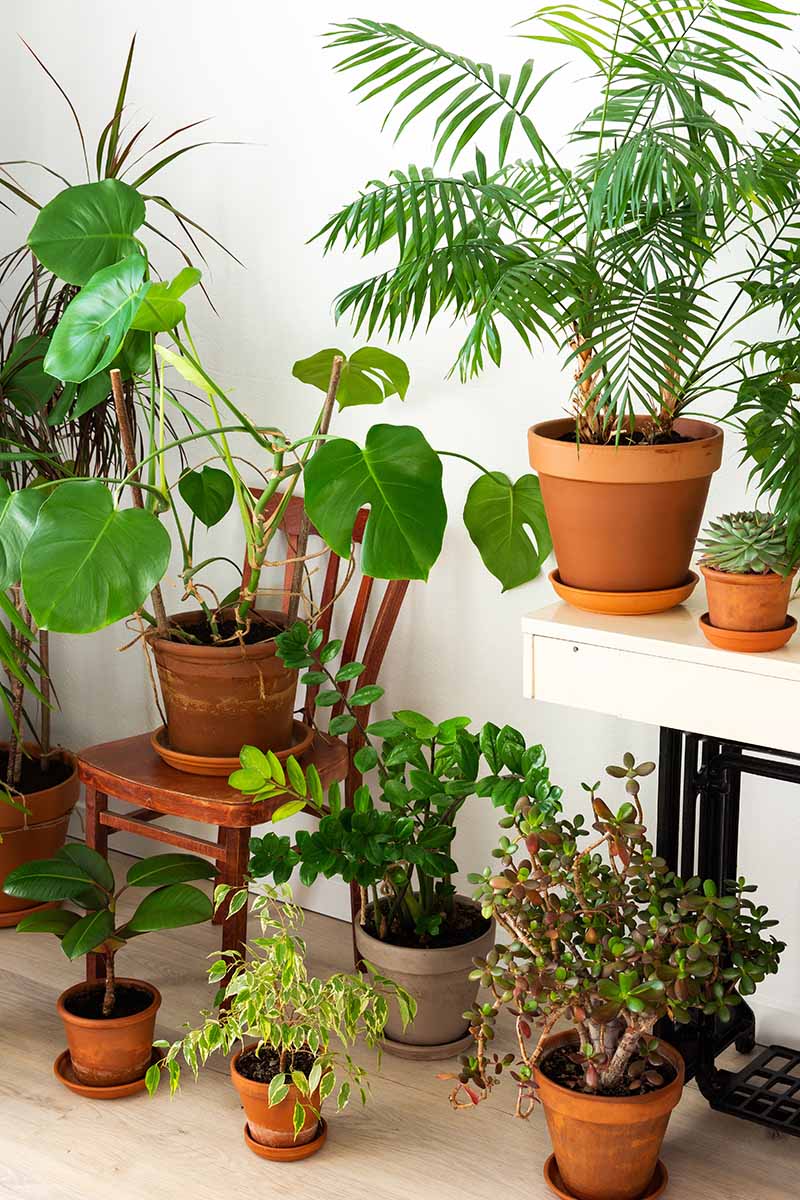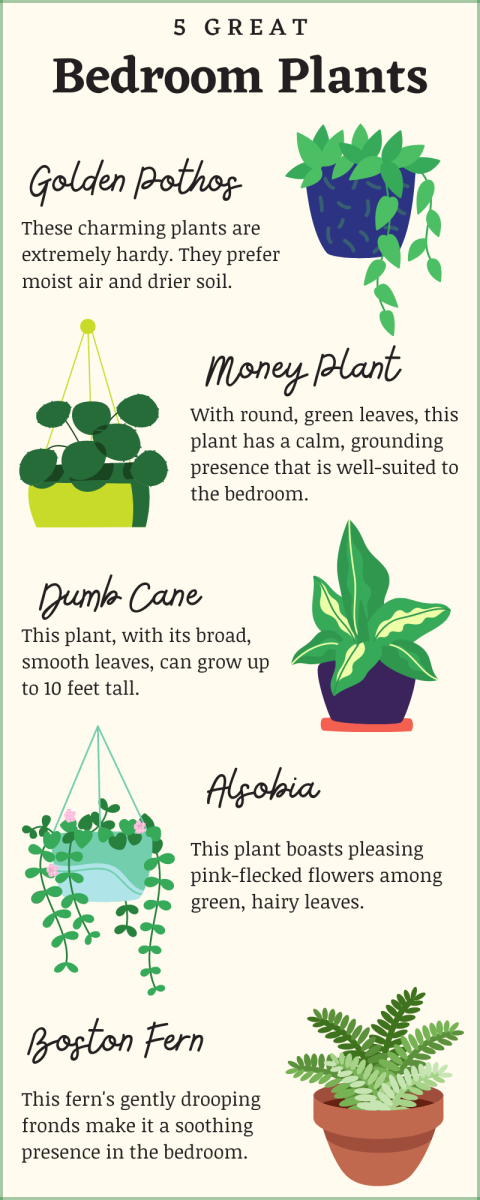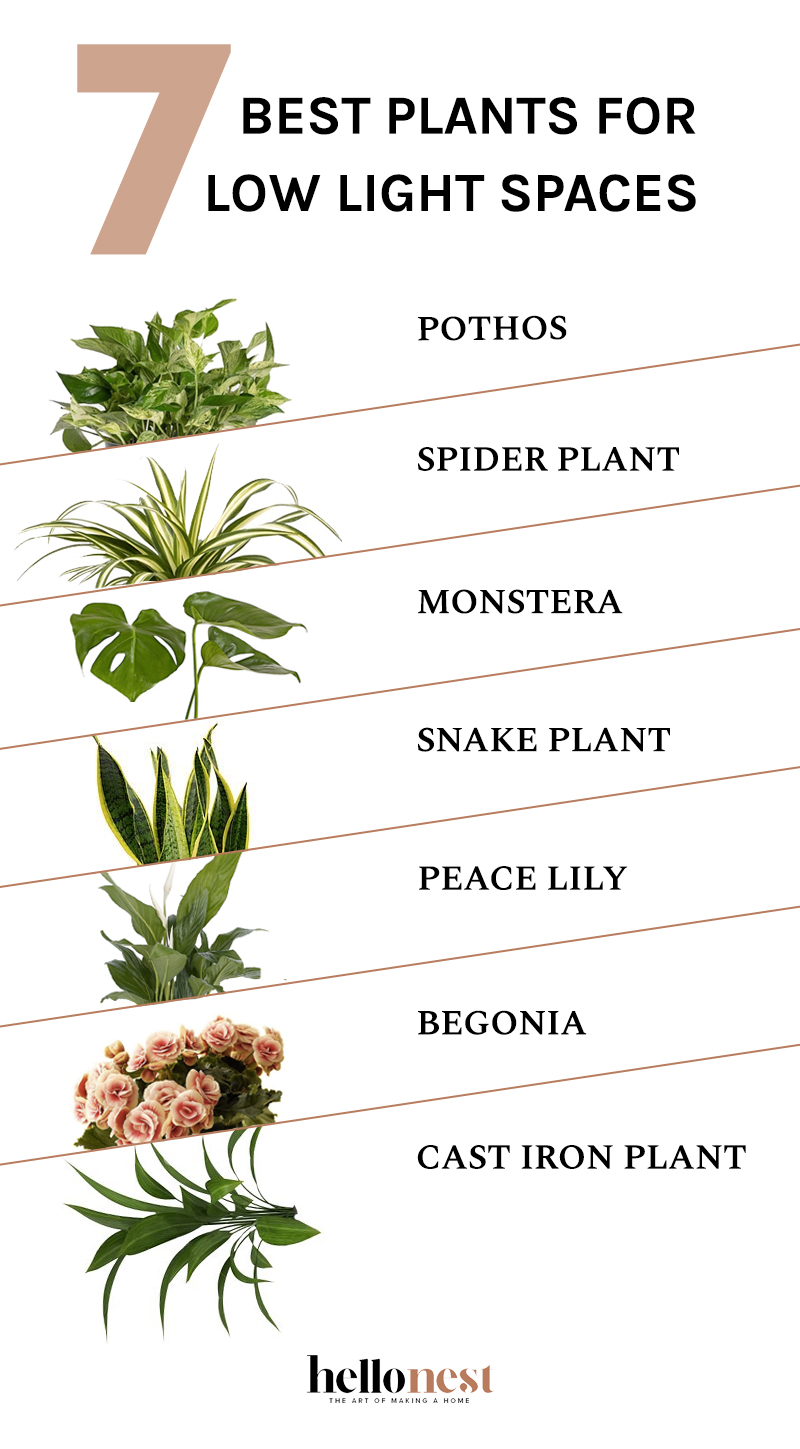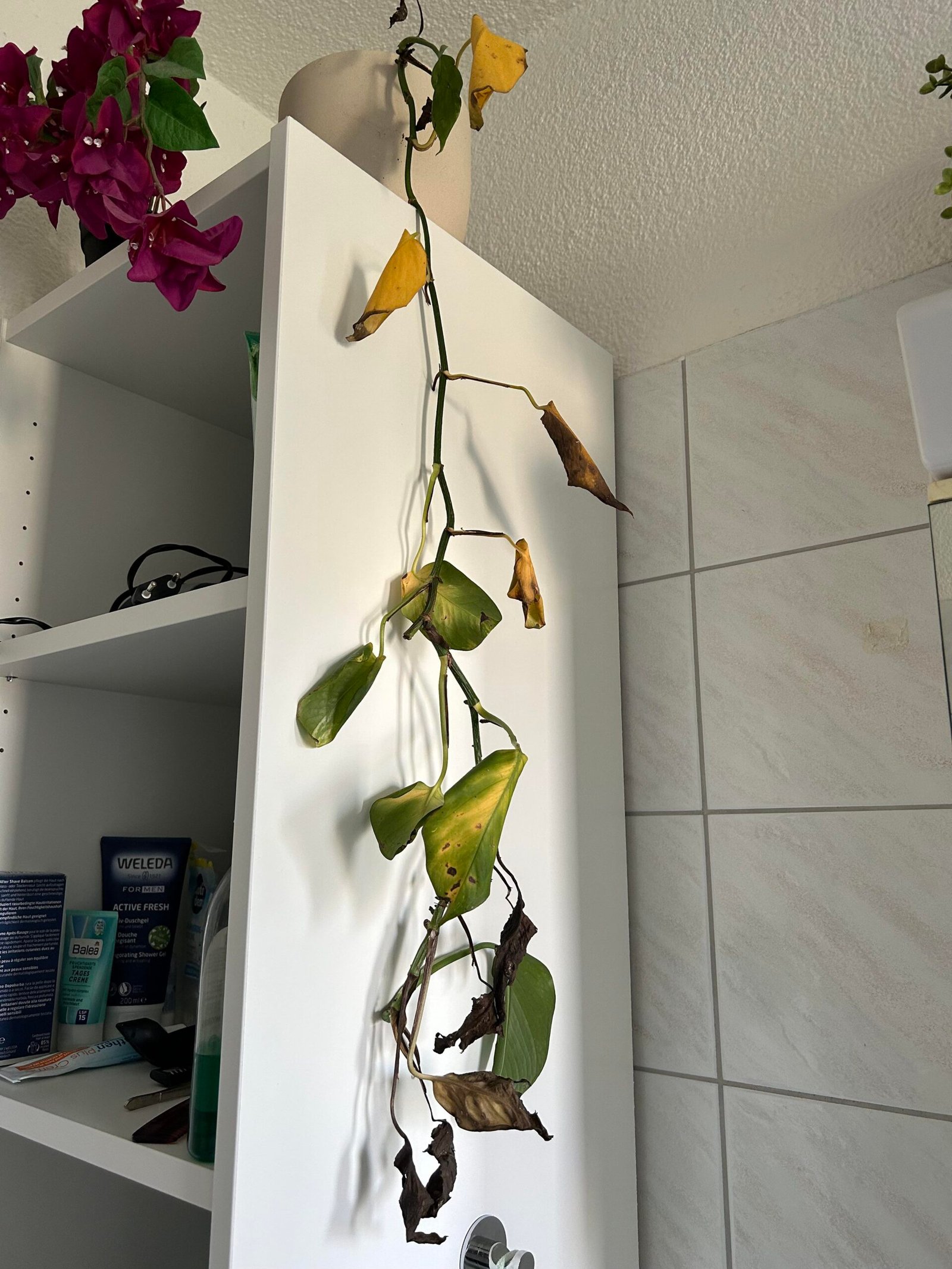Yes, many flowers can survive in low light. But, not all flowers are suitable for dim spaces.
Finding the right plants for your home or office can be a bit tricky, especially when light is limited. Some flowers thrive even in low-light conditions, bringing beauty and life to darker corners. Understanding which flowers can survive with less light helps create a green, vibrant space without the need for constant sunlight.
This blog will explore the best flower options for low-light environments, providing tips to keep them healthy and vibrant. Whether you live in a shaded apartment or work in a dim office, there are lovely flower choices waiting to brighten up your space. Let’s discover which flowers can thrive where the sun doesn’t shine.

Credit: onetwotree.com
Introduction To Low Light Conditions
Many people love having plants in their homes. Flowers add beauty and life to any space. But, what if your home does not get much sunlight? Can flowers survive in low light? The answer is yes. Some flowers can thrive in low light conditions. Let’s explore how this is possible.
What Defines Low Light?
Low light means the space gets little natural sunlight. This could be a room with small windows. Or a room with windows that face north. It could also be a room that gets blocked by trees or buildings. Low light is not the same as no light. It just means less direct sunlight.
Common Causes Of Low Light
Several factors can cause low light in your home. Small windows let in less light. North-facing windows get less sunlight. Tall buildings or trees can block the sun. Thick curtains or blinds can also reduce light. Rooms far from windows can be dim too.
Flower Types For Low Light
Not all flowers need bright sunlight to thrive. Some types can flourish in low light conditions. These flowers bring color and beauty to darker corners of homes and gardens. Here are some great options for low light environments.
Shade-loving Flowers
Some flowers naturally love the shade. The Peace Lily is a perfect example. It requires very little light and is easy to care for. Its white blooms add a touch of elegance to any room.
Another excellent choice is the Wax Begonia. This flower offers bright colors like red, pink, and white. It grows well in shaded areas and needs minimal sunlight.
The Hellebore, or Lenten Rose, is another shade-loving flower. It blooms in winter and early spring. Its beautiful flowers come in various colors, from white to deep purple.
Adaptable Flower Species
Some flowers adapt well to low light conditions. The Spider Plant is one such species. It thrives in both high and low light. Its green and white striped leaves add a fresh look to any space.
The African Violet also adapts well to low light. It produces lovely purple, blue, or white flowers. This flower is small but adds a pop of color to dim areas.
Another adaptable flower is the Philodendron. It grows well in low light and requires little maintenance. Its large green leaves create a tropical feel indoors.
Impact Of Low Light On Flower Growth
Flowers need light to grow and thrive. Light plays a crucial role in their development. In low light conditions, flowers face several challenges. These challenges affect their overall health and growth patterns.
Photosynthesis Challenges
Photosynthesis is vital for flower growth. It is the process by which plants make food. Low light reduces the rate of photosynthesis. This can lead to weaker plants. Flowers may have pale or yellow leaves. They may also grow more slowly.
Growth Patterns
Low light impacts the growth patterns of flowers. Stems may become elongated and weak. Flowers may stretch towards the light source. This is known as etiolation. In low light, flowers may not bloom as abundantly. They might produce fewer buds and blossoms.

Credit: www.matsuoutdoorsmanshow.com
Adaptation Mechanisms
Can flowers survive in low light? Yes, they can. Many flowers have special adaptation mechanisms to thrive in such conditions. These adaptations help them get the most from the limited light available. Let’s explore some of these fascinating mechanisms.
Leaf And Stem Modifications
In low light, flowers often have larger leaves. These leaves capture more light. Broad leaves increase the surface area for photosynthesis. Some plants develop thinner leaves to allow light to penetrate deeper.
Stems also adapt. They may grow longer to reach light sources. This process is called etiolation. The stems become pale and thin but help the plant find light.
Flowering Adjustments
Flowering can change in low light. Some plants may produce fewer flowers. Others might delay flowering until light conditions improve.
Flower size and color can also vary. In low light, flowers may be smaller and less vibrant. This helps the plant save energy.
Flowering time might shift. Some plants bloom during specific times to maximize light exposure.
Care Tips For Low Light Flowers
Keeping flowers alive in low light can be challenging. But with the right care, many flowers can thrive. Understanding their needs is crucial for success. Here are some care tips for low light flowers.
Watering Techniques
Watering low light flowers correctly is essential. Too much water can cause root rot. Too little can dry them out. Check the soil moisture before watering. Use your finger to test. Water when the top inch feels dry.
Use lukewarm water for best results. Cold water can shock the plants. Water the soil directly. Avoid getting water on the leaves. It can cause mold and other issues. Ensure the pot has drainage holes. This prevents water from sitting at the bottom.
Soil And Fertilization
Choosing the right soil is vital. Use well-draining soil for low light flowers. Compact soil can suffocate the roots. Mix in perlite or sand to improve drainage.
Fertilize sparingly. Low light flowers need less food. Over-fertilizing can harm them. Use a balanced, water-soluble fertilizer. Dilute it to half strength. Apply it once every two months.
Check the soil’s pH level. Most low light flowers prefer slightly acidic soil. Aim for a pH between 6.0 and 6.5. Test kits are available at garden centers. Adjust the pH with lime or sulfur if needed.

Credit: matsuoutdoorsmanshow.com
Common Mistakes To Avoid
Keeping flowers alive in low light can be tricky. Many plant lovers make common mistakes that can harm their flowers. Understanding these mistakes helps keep your flowers healthy.
Overwatering Risks
Overwatering is a common mistake in low light conditions. Flowers need less water without bright light. Too much water leads to root rot. Check the soil before watering. If the soil feels moist, wait a few days. Water only when the top inch of soil is dry. This prevents overwatering and keeps roots healthy.
Improper Placement
Placement affects flower health. Many put flowers in the wrong spots. Avoid placing flowers in dark corners. They need some light, even if low. Place them near windows or in rooms with some natural light. Also, avoid placing them near heating vents. This dries out the soil and harms the plant. Proper placement ensures your flowers get the right conditions to thrive.
Enhancing Light For Indoor Flowers
Indoor flowers bring beauty and life to any space. Yet, low light can be a challenge. Enhancing light for indoor flowers is crucial for their survival and growth. Simple adjustments can make a big difference.
Artificial Lighting Options
Artificial lights can mimic natural sunlight. This helps flowers thrive indoors. Here are some options:
- Fluorescent Lights: They are energy-efficient and good for small plants.
- LED Lights: These are long-lasting and produce less heat.
- Incandescent Lights: They are not as energy-efficient but provide warmth.
Choose the right light based on your plant’s needs. Position lights 6-12 inches above plants. This distance helps avoid heat damage and ensures proper light absorption.
Strategic Placement
Placement is key to maximizing light. Follow these tips:
- Near Windows: Place plants close to windows for natural light.
- Reflective Surfaces: Use mirrors or white walls to reflect light.
- Rotate Plants: Turn plants occasionally to ensure even light exposure.
- Open Spaces: Avoid placing plants in corners or shadowy areas.
Proper placement can significantly enhance light exposure. This helps indoor flowers grow stronger and healthier.
Conclusion
Flowers can indeed survive in low light. Choose the right varieties. Look for plants like snake plants and pothos. Water them properly. Ensure they receive occasional sunlight. Use proper soil and pots. Monitor their health regularly. Low light doesn’t mean no light.
Give them some indirect sunlight. With a little care, your flowers will thrive. Enjoy the greenery in your home!





